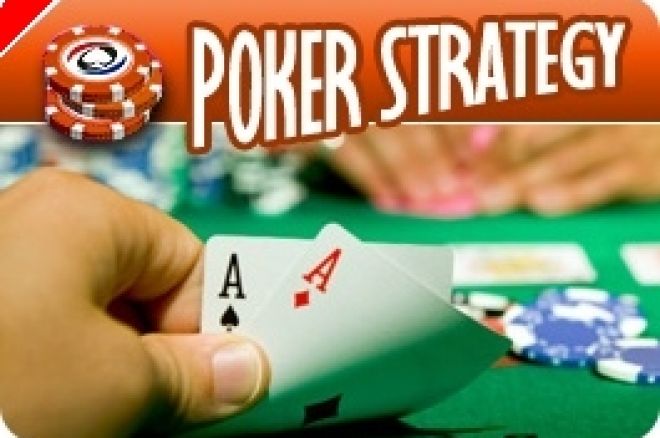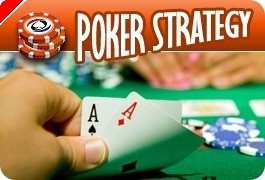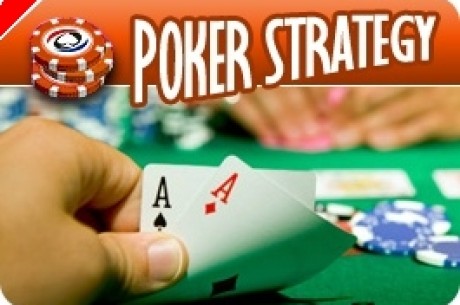Stud Poker Strategy: Take A Card Off? �C Part 1 of 2

Hold'em players say, "Let's see the flop." Stud players say, "I'll take a card off." They mean roughly the same thing: They'll pay to see the next round. But the decision is very different.
In hold'em, by calling preflop and then seeing the flop, a player sees three cards �C 3/7 of his final hand by seeing the flop. In stud, however, a player never sees more than 1/7 of his final hand by taking one off. Even so, many stud players, often enticed by the small bet on third, pay for the privilege of taking one off �C even when they shouldn't.
Let's look at some specific situations on third street where taking one off clearly makes sense; then look at those where it clearly doesn't. We'll set up the bookends to give us a frame of reference that will help you decide whether to take one off in the future.
Joan sits down in a $20/40 limit stud game, with a $3 ante and a $5 forced bet. She folds her first four hands, and watches as nearly everyone plays showdown poker �C with very little raising and a lot of calling.
On her fifth hand Joan is dealt (K? A?) Q?. She looks around the table clockwise and sees the following cards:
J?
3?
4?
9?
J?
7?
6?
The 3? brings it in for $5 in this $20/40 limit stud game.
The 4? folds. Everyone else calls up until Joan.
Should she take one off?
Before you answer, let's look at the data.
She appears to be in a loose and passive game �C with folks playing "showdown poker". In this hand specifically, her spades are almost completely live (only the jack of spades is exposed). Her kings, aces, and queens are completely live as well. If she hits one of them she's likely to have the best hand on fourth street.
All totaled, there are 14 cards in the deck that will give her what will probably be the highest hand or the best raw on fourth street. There are 42 unseen cards. 14 help Joan's hand; 28 don't help. In this particular hand here are likely to be at least five, and maybe as many as seven players in the pot, meaning she'll be getting not just excellent odds for the next round, but probably at least a couple of players until the river, meaning excellent implied odds. If she does win the hand she will likely win an enormous pot. And she only needs to call the bring-in.
Since nearly everyone has called the bring-in, and she has watched similar behavior in other hands, she is unlikely to face significant betting pressure as she attempts to draw her hand. If she hits a strong hand she's likely to get action all the way until the river.
Let's summarize the important and relevant pieces of information we've gleaned from this �C and whether they should make her more or less likely to "take one off."
Loose and Passive Game -- More Likely
Many cards improve her hand -- More Likely
Cards she needs are live -- More Likely
Many players still in -- More Likely
Large implied odds -- More Likely
May be able to draw cheaply -- More Likely
Probably drawing to best hand -- More Likely
Likely to get action if she hits -- More Likely
I hope you've answered that yes, she should take one off.
Few situations are this favorable to be sure. In my next column I'll look at the other "bookend" and then look at the questions we need to ask to evaluate hands that not quite so obvious.








